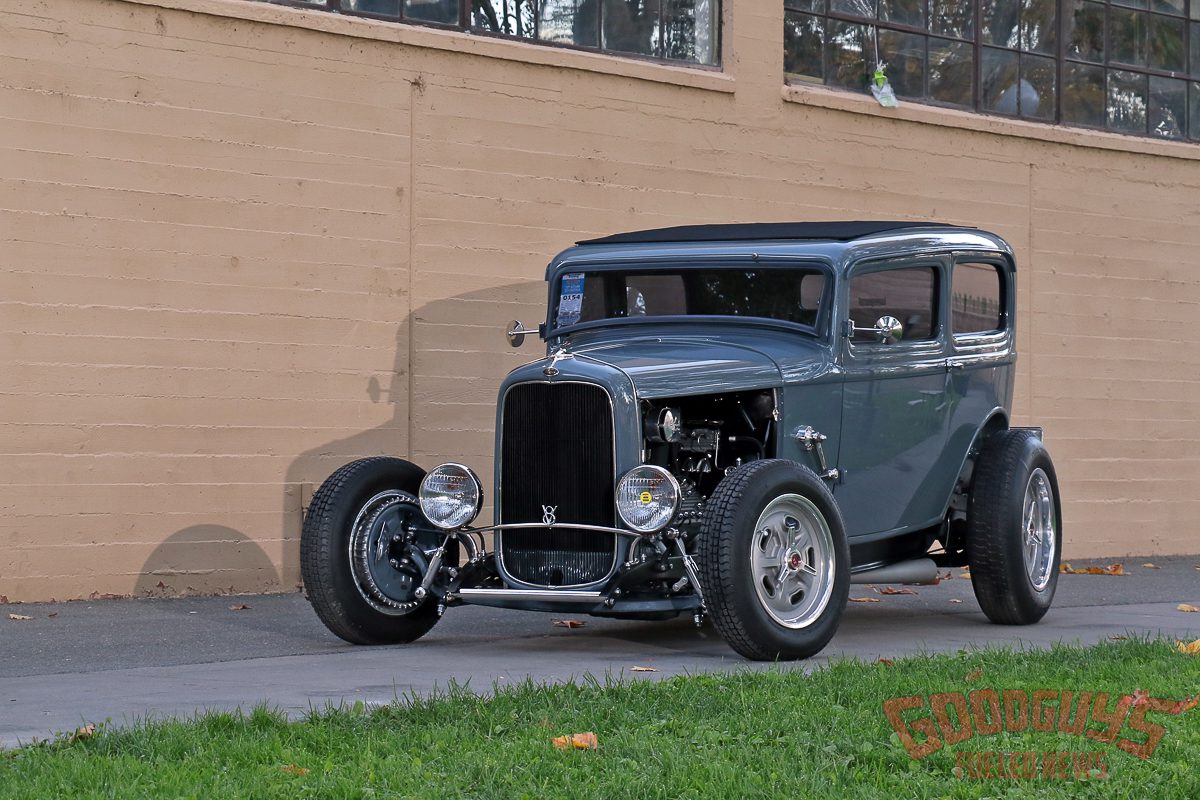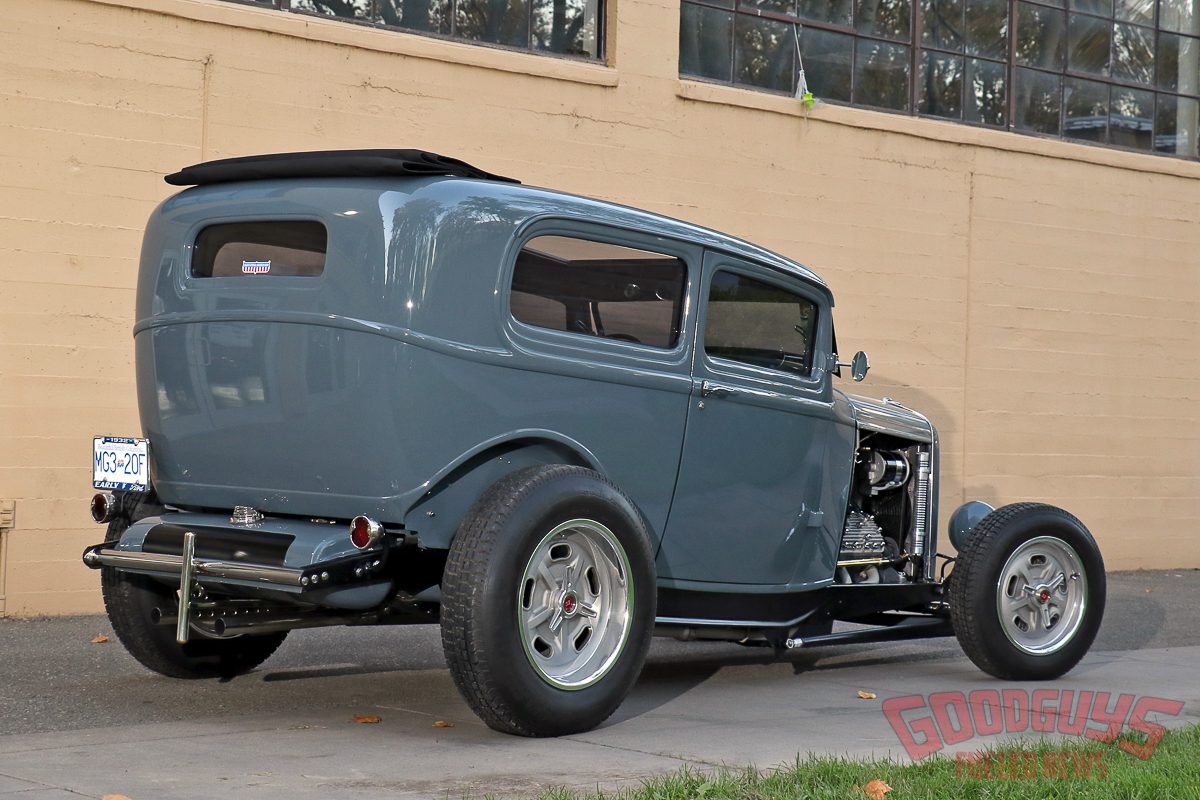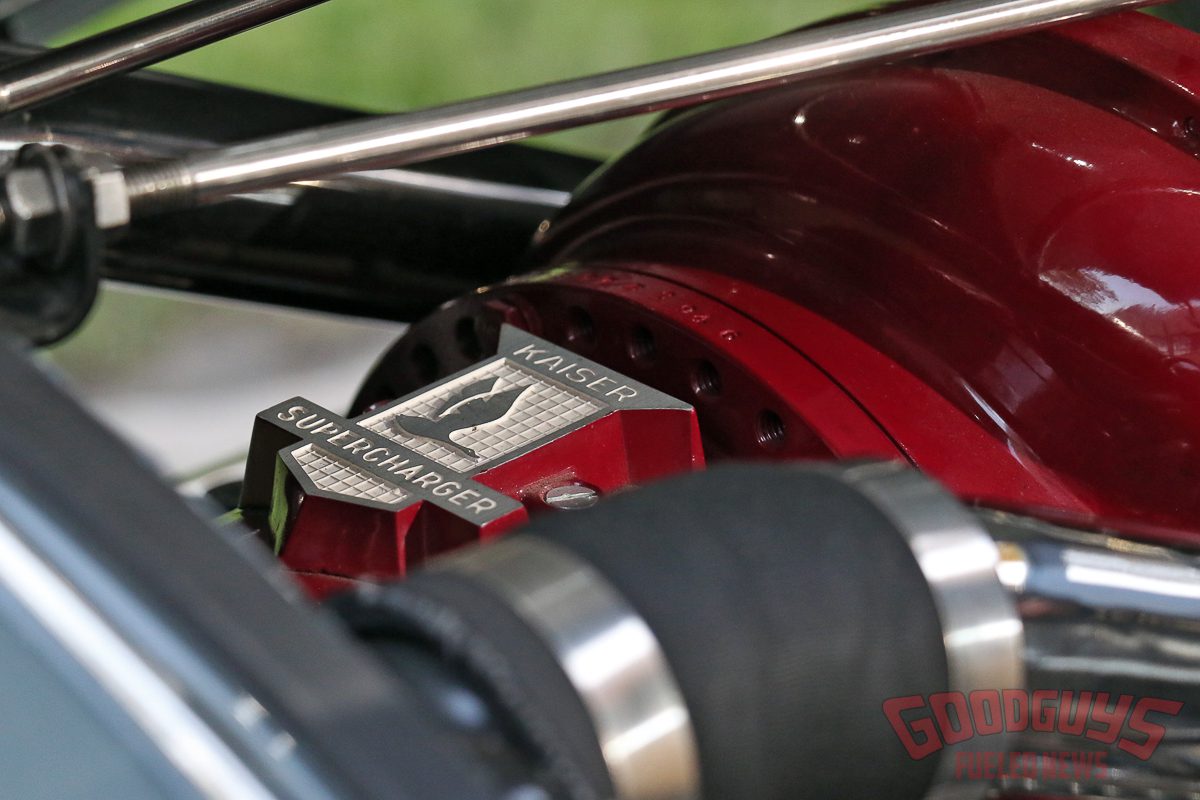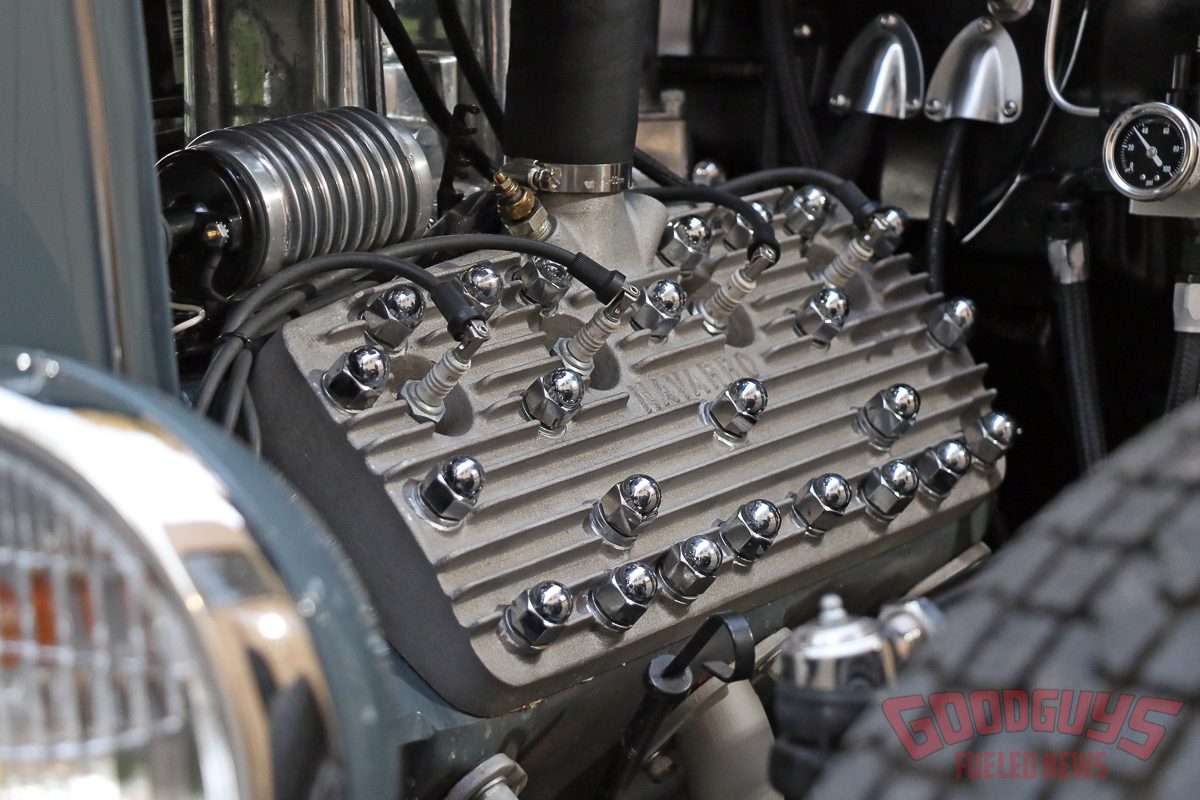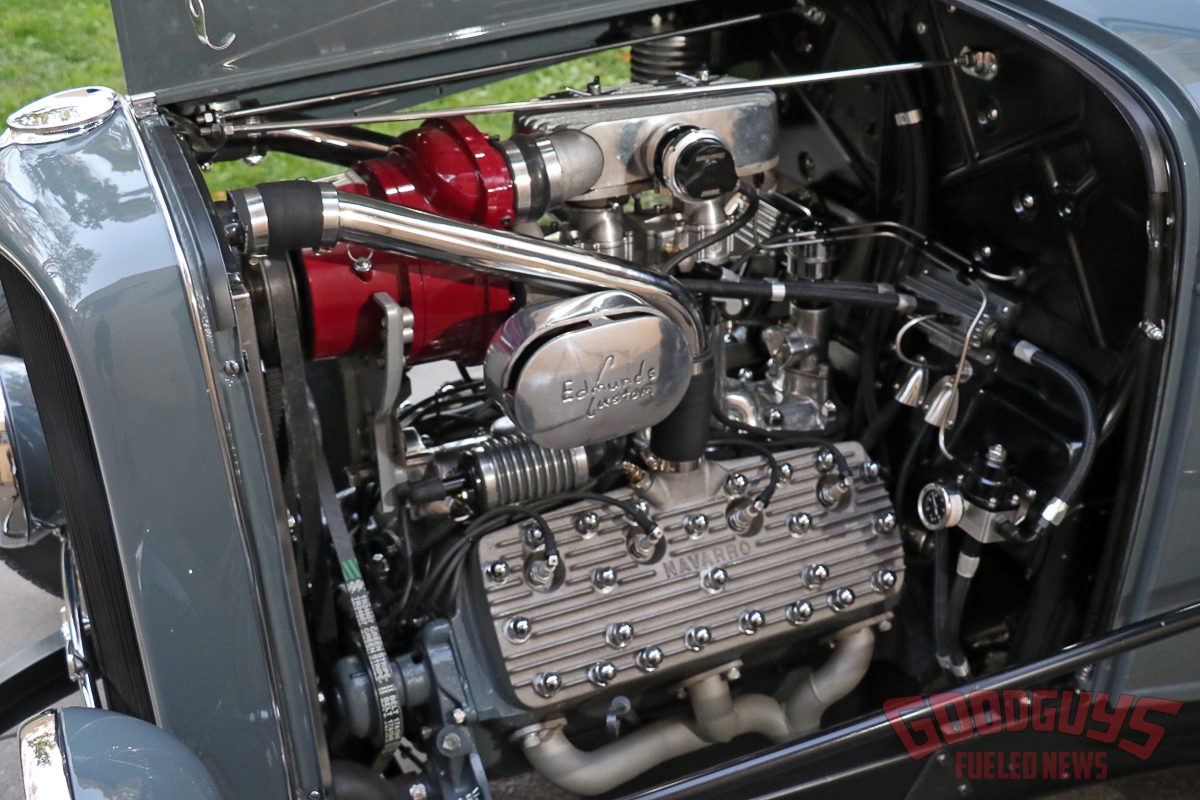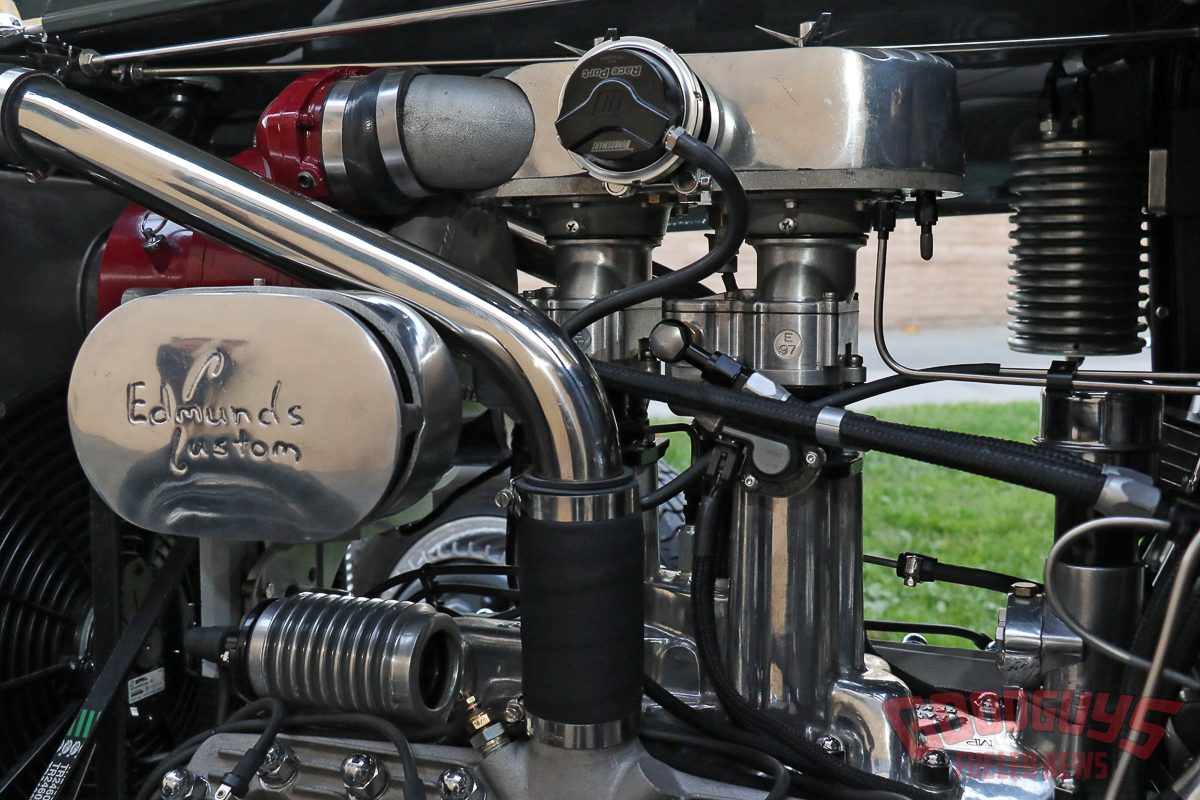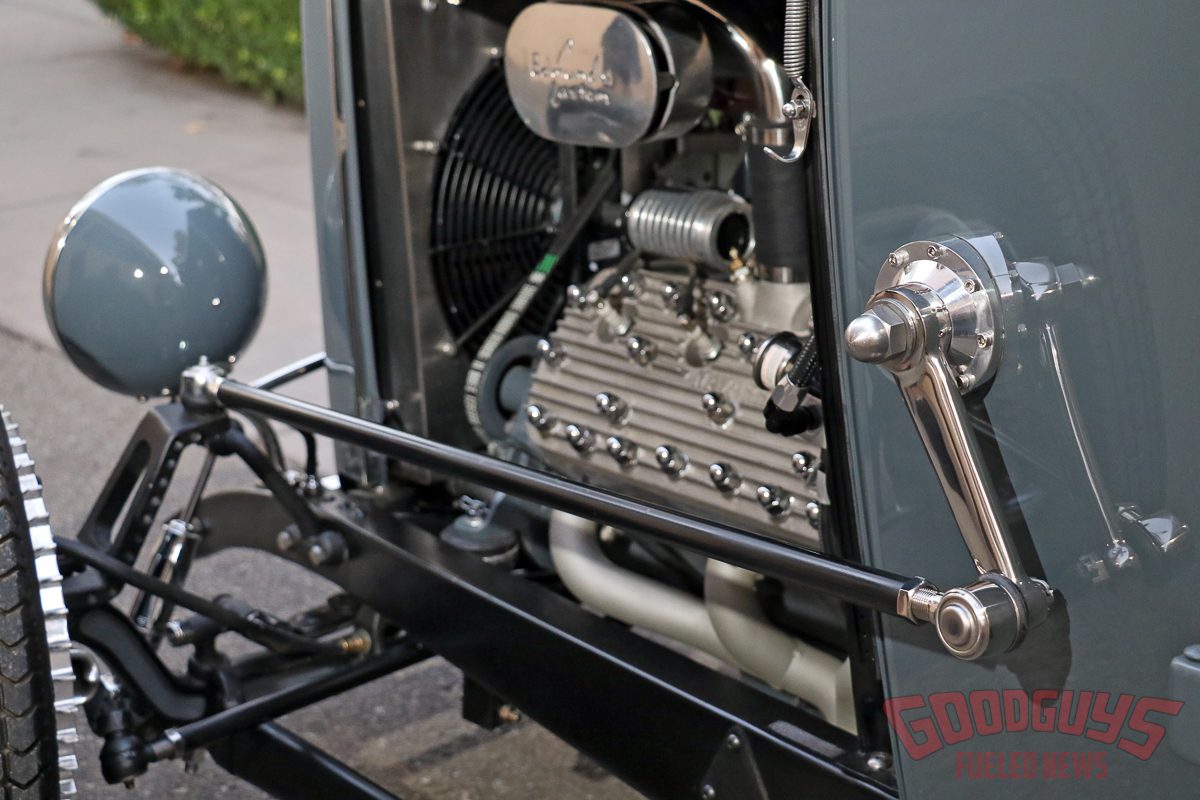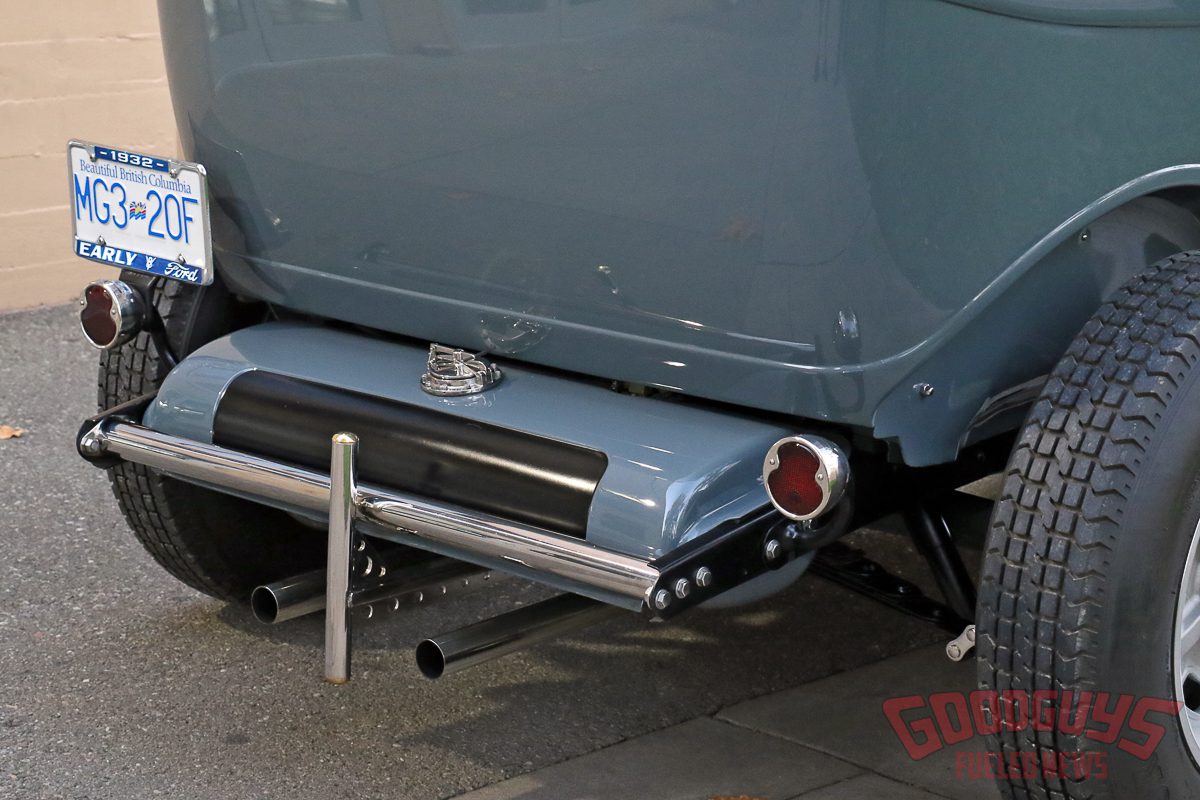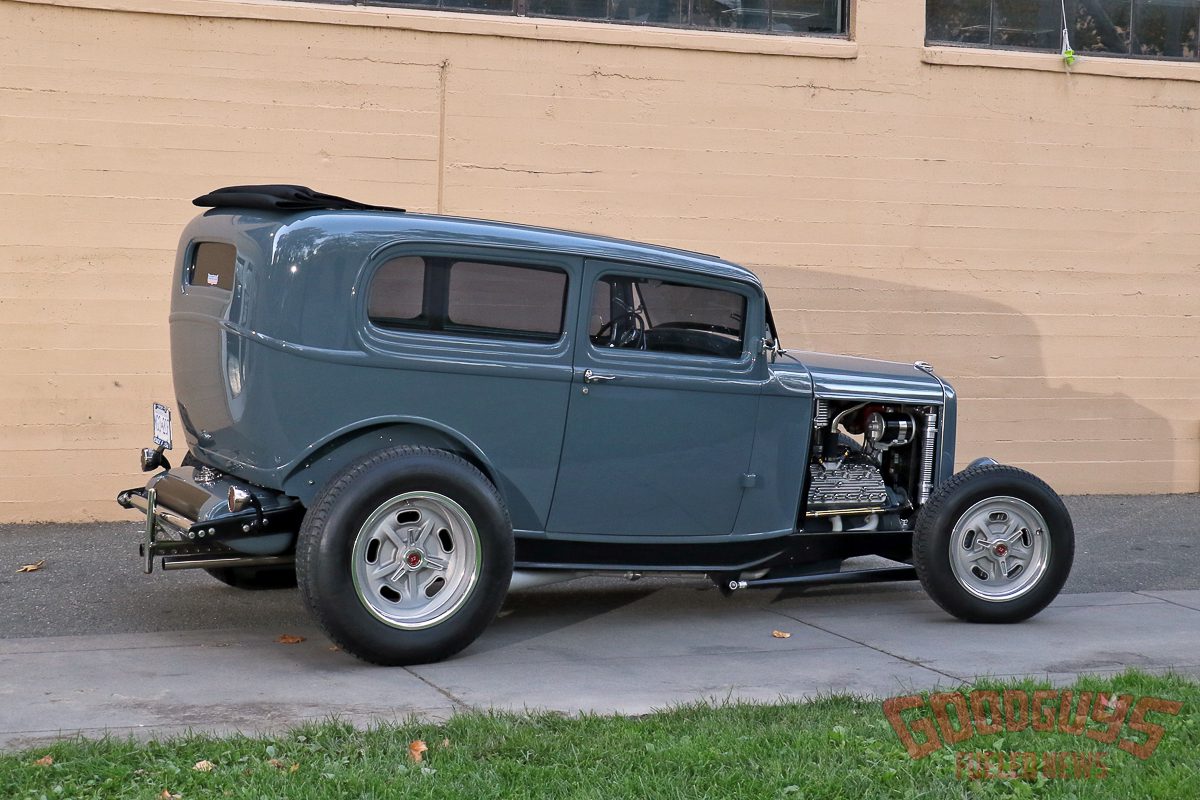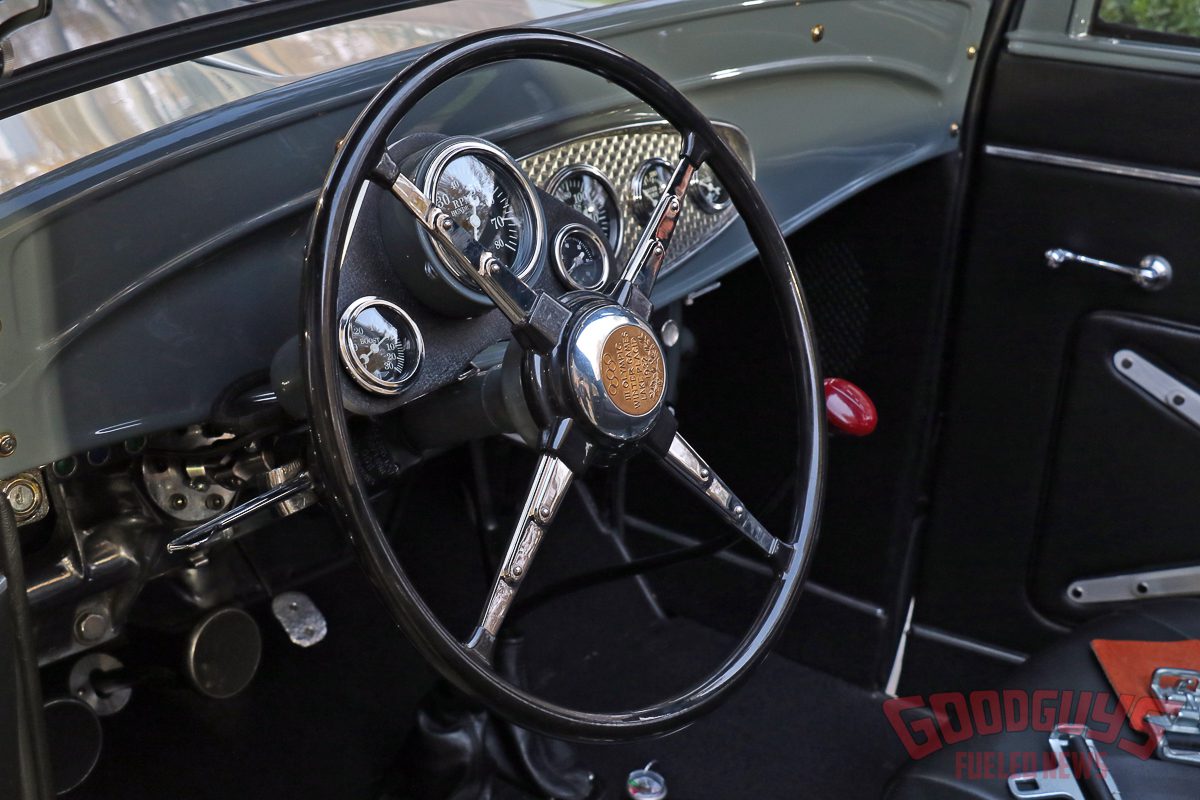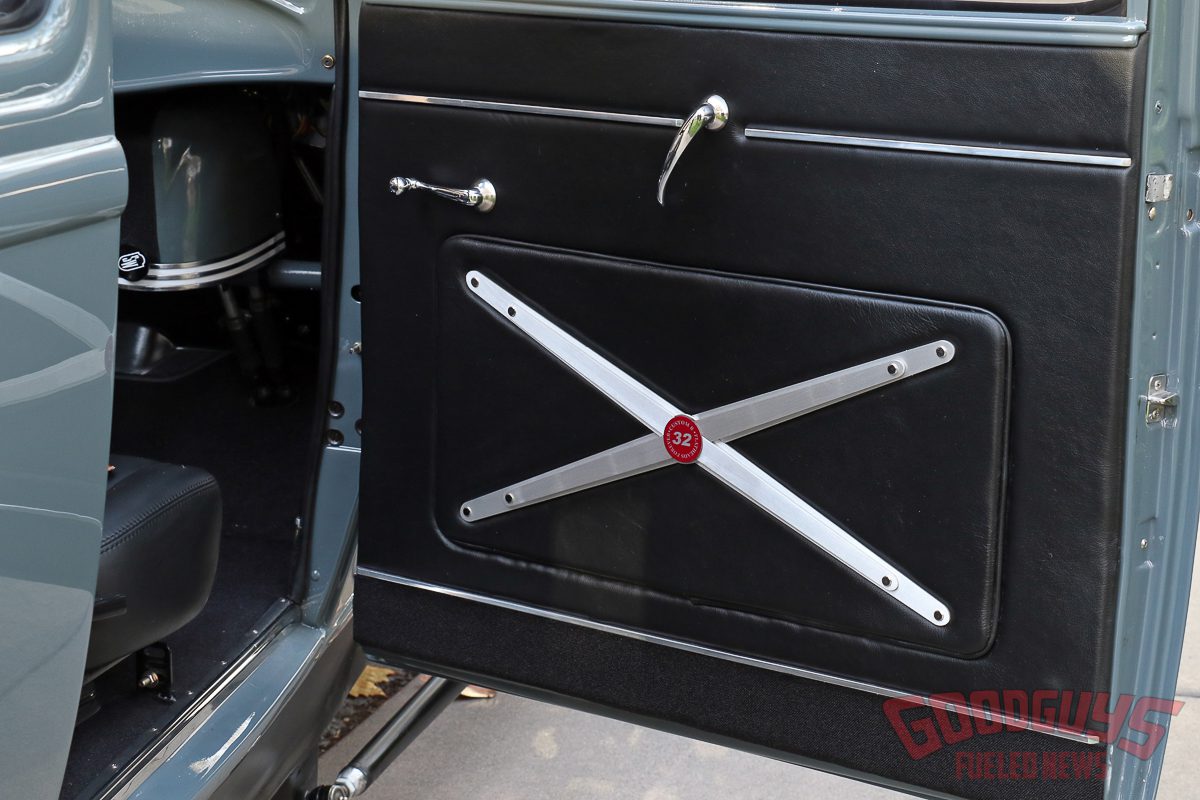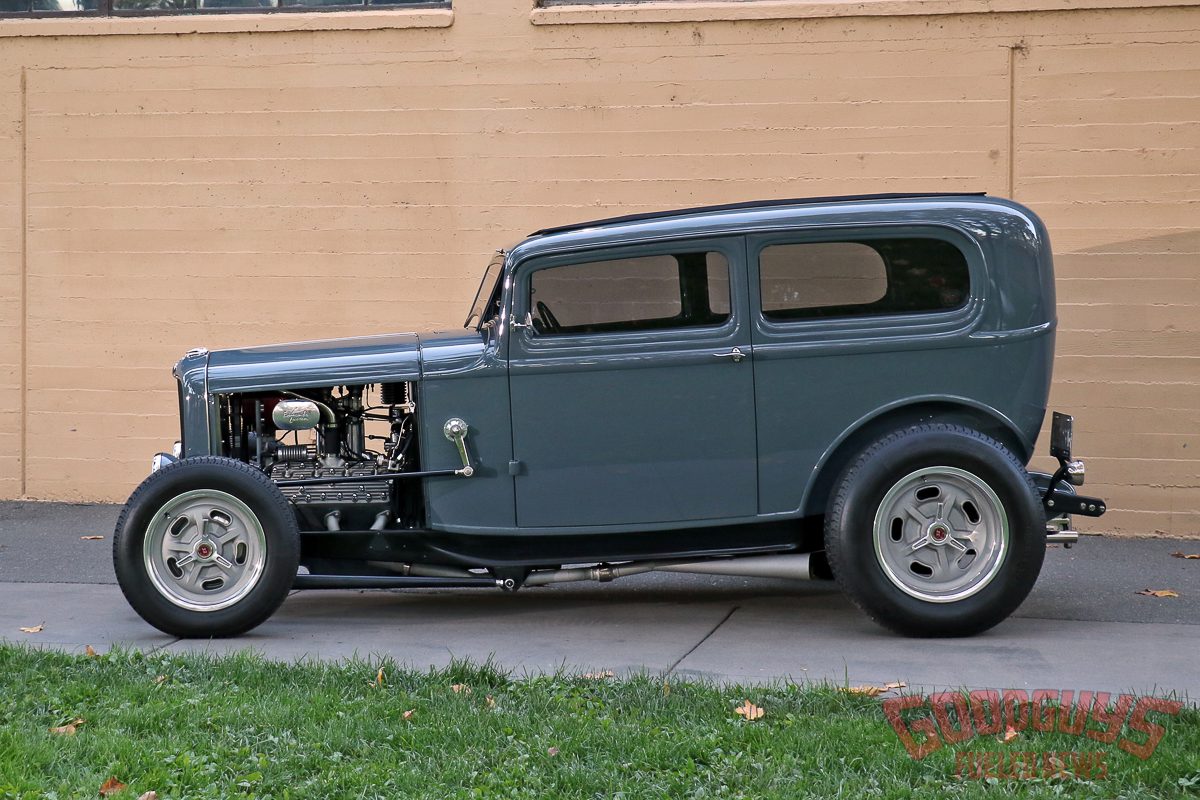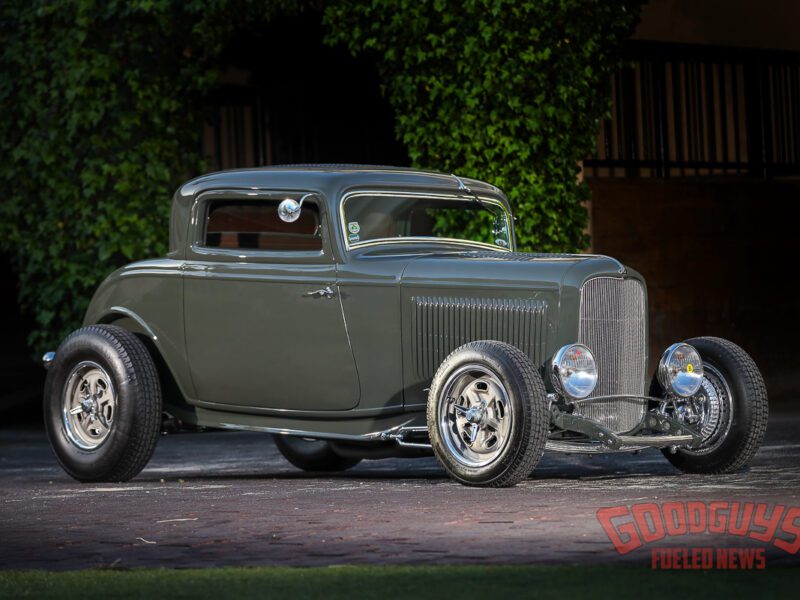Working Within the Confines of Early Ford Parts, Jim Leslie Built a Deuce to Go the Distance – And Look Good Getting There
Building a hot rod wasn’t always a means to beat the world. Judging by their stories and photos, each of our forebears had an angle of their own. Some had several. In fact, there’s a good chance that the number of angles exceeds the number of hot rod practitioners.
But every one of those angles had one root element in common: making what they had better. Hydraulic brakes stopped better. Worm-and-sector steering steered better. Disc wheels required no maintenance. Sealed-beam headlights let drivers see farther. None of those things necessarily made a car go faster, but just about every enthusiast embraced them. There’s more to performance than just speed.
Recent generations began to update the obsolete in new and interesting ways. Instead of swapping an entire drivetrain just to get the benefits of fuel injection, they began adapting the technology to old iron. Instead of fouling an engine bay with an alternator, they loaded the guts into something that looked like a generator. At least two companies make radials that look like bias-ply tires.
Jim Leslie has used a similar technological sleight of hand with his vintage-style Deuce Tudor. He even backdated an 8BA Flathead to get the benefit of better architecture without the visual penalty of the later water neck and ignition designs.
In fact, you can’t even see some of the improvements, like the forged Ross pistons or the 4-inch Merc crank. Sure, the high-lift Schneider cam reveals itself with a rolling lope at idle, but you’re not likely to notice it over the whirr of the Kaiser-spec McCulloch VS57B supercharger. So captivating is the blower that you might not notice it feeds throttle bodies shaped like Stromberg 97 carburetors, which are part of a Flatattack Racing EFI conversion.
Look closer and you’ll see details like a bonnet made from a Vintage Speed air filter housing. It mounts a Turbosmart RacePort blow-off valve (it gives the compressed intake charge someplace to go when the throttle blades close). Jim hid everything else, like the MAP sensor, in the Cal Custom regulator cover.
The throttle bodies mount to a Thickstun PM7 manifold and use other period-style pieces like an Edmunds filter housing attached to the supercharger with an Edelbrock intake tube. The Thickstun fuel log does what it was intended to do, just at higher pressure. It’s the Navarro 59A-style heads and front-mounted distributor that make the engine appear earlier. A Pertronix pickup in the distributor triggers the DIYAutoTune Microsquirt ECU. Jim set it up and programmed it himself, no small feat considering the risk of tuning under boost. That generator is in fact a Powermaster PowerGEN alternator.
The car itself came from an enthusiast who’d gathered parts for the past four decades but never completed his dream. Jim pinched and boxed the frame and swapped the front crossmember for one from a Model A but left the K-member intact. After all, what better way to mount a ’39 gearbox?
That gearbox spins a ’40 Ford rear, torque tube and all. Jim swapped the front axle for a 4-inch dropped beam and mounted it and a Posies SuperSlide spring and a split Deuce wishbone. Both ends run servo-action backing plates, but the front has Buick drums.
Jim got his friends together to chop the top 2 1/2-inches. He filled the roof with a Legacy canvas sliding sunroof and shaved the cowl lights but left the remainder of the body stock. Pylon brackets in the cowl mount the modified Dodge steering box; Randy Buick made the cowl garnish.
Keith Thompson and his son, Ryan, finished the bodywork and applied the Jeep Anvil Gray paint on the body and black on the chassis. A Johnson’s Hot Rod Shop filler assembly now tops the fuel tank. The Speedway Motors Deuce headlights look stock, right down to the lenses, but contemporary quartz bulbs make them brighter.
Inside, Jim widened the Stewart Warner Southwind heater and converted it to use a conventional heater core. Geoff Horsfall Upholstery in Duncan, British Columbia reworked the early Mustang buckets and then trimmed them in black Italian leather; Jim trimmed the remainder. Vancouver Island Waterjet cut the door panel trim that Jim designed in the likeness of the Johnson’s Hot Rod Shop steering wheel. The wheel is topped with a reminder that 1932 was important to Canada, too. “In 1932, my grandfather ‘String’ Leslie attended the Lake Placid Winter Olympics as acting president for the Canadian Olympic hockey team,” Jim says. That year, Canada took gold. “My horn button is a replica of the gold medal awarded to the Canadian team. Go Canada!”
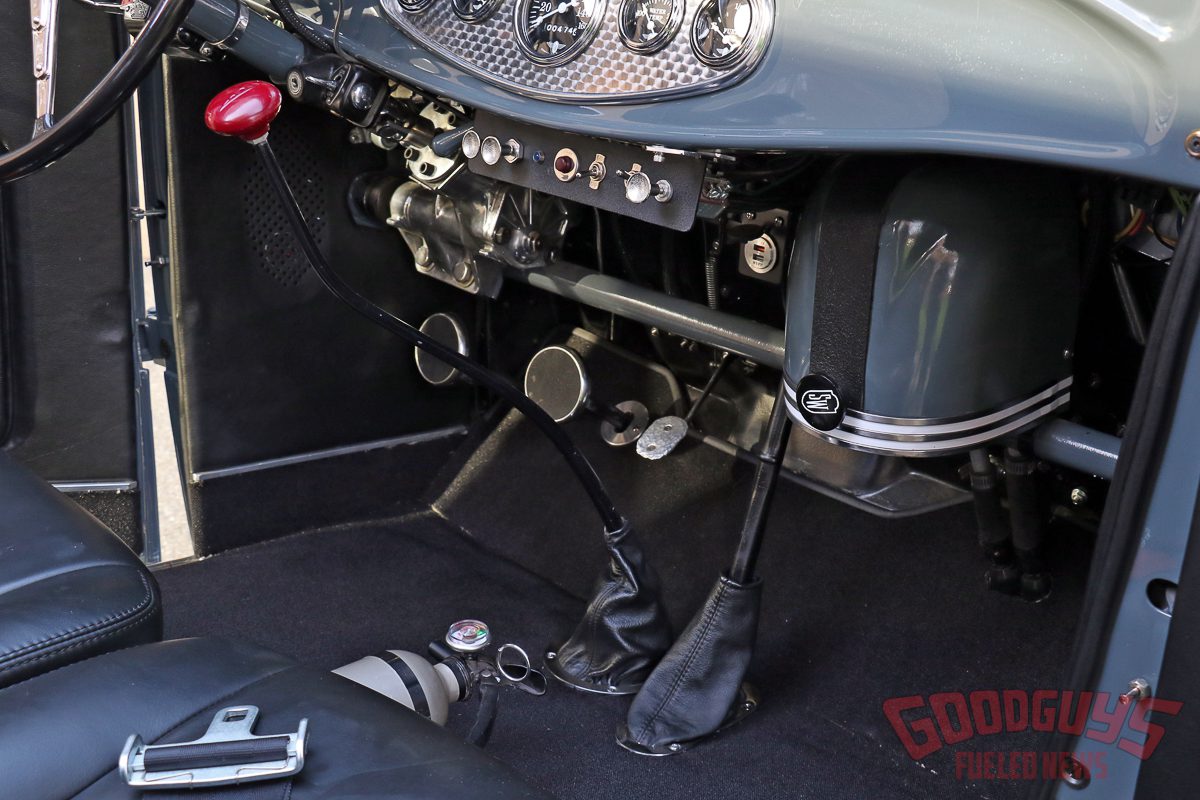
Knockoff adaptors mount the 16×5- and 18×6-inch E-T Sebring wheels. They wear 5.50R16 and 7.00R18 Coker Excelsior Stahl Sport radials. Jim made the stainless push bar and its rear-crossmember mounts.
Obviously, Jim got the look down right. And according to specs, it goes as good as it looks. He says the 276c.i. Flathead makes about 200 horsepower, which doesn’t sound like much compared to its overhead-valve peers, but that’s about 25 more horsepower than the typical hot Flathead, and he doesn’t have to spin the thing to the moon to get there, either. With a roughly 2,200-pound package, the car has the power-to-weight ratio of an HO-powered Fox-bodied Mustang. And those cars are anything but slow.
Yet performance at all costs wasn’t Jim Leslie’s angle. As he put it, he built it to salute those who built our industry and as homage to the cars that they built. “I wanted to retain as much original equipment as possible,” he says. “In doing so, I learned as much as I could on early cars, engines, and bodywork.”
And sometimes, that’s all the angle we really need.
Photos by Damon Lee

